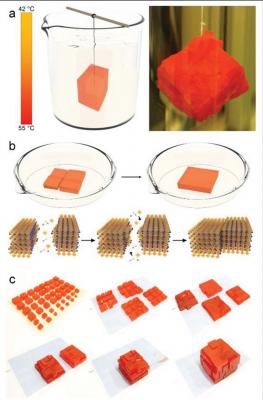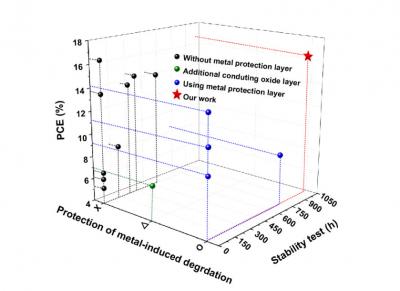EPFL team develops perovskite material that can detect gamma rays
Researchers at Ecole Polytechnique Fédérale de Lausanne (EPFL), assisted by teams at Croatia's University of Split, have developed a perovskite that can detect gamma rays.
 The 'oriented crystal'crystal growth' (OC2G) method of large MAPbBr3 crystals . a) Growing of large crystals by the suspended seed crystal; b,c) The consecutive steps of fusing together individual single crystals into a large crystal. Image by EPFL
The 'oriented crystal'crystal growth' (OC2G) method of large MAPbBr3 crystals . a) Growing of large crystals by the suspended seed crystal; b,c) The consecutive steps of fusing together individual single crystals into a large crystal. Image by EPFL
"This photovoltaic perovskite crystal, grown in this kilogram size, is a game changer," says EPFL's Professors Lászlo Forró. "You can slice it into wafers, like silicon, for optoelectronic applications, and, in this paper, we demonstrate its utility in gamma-ray detection."


